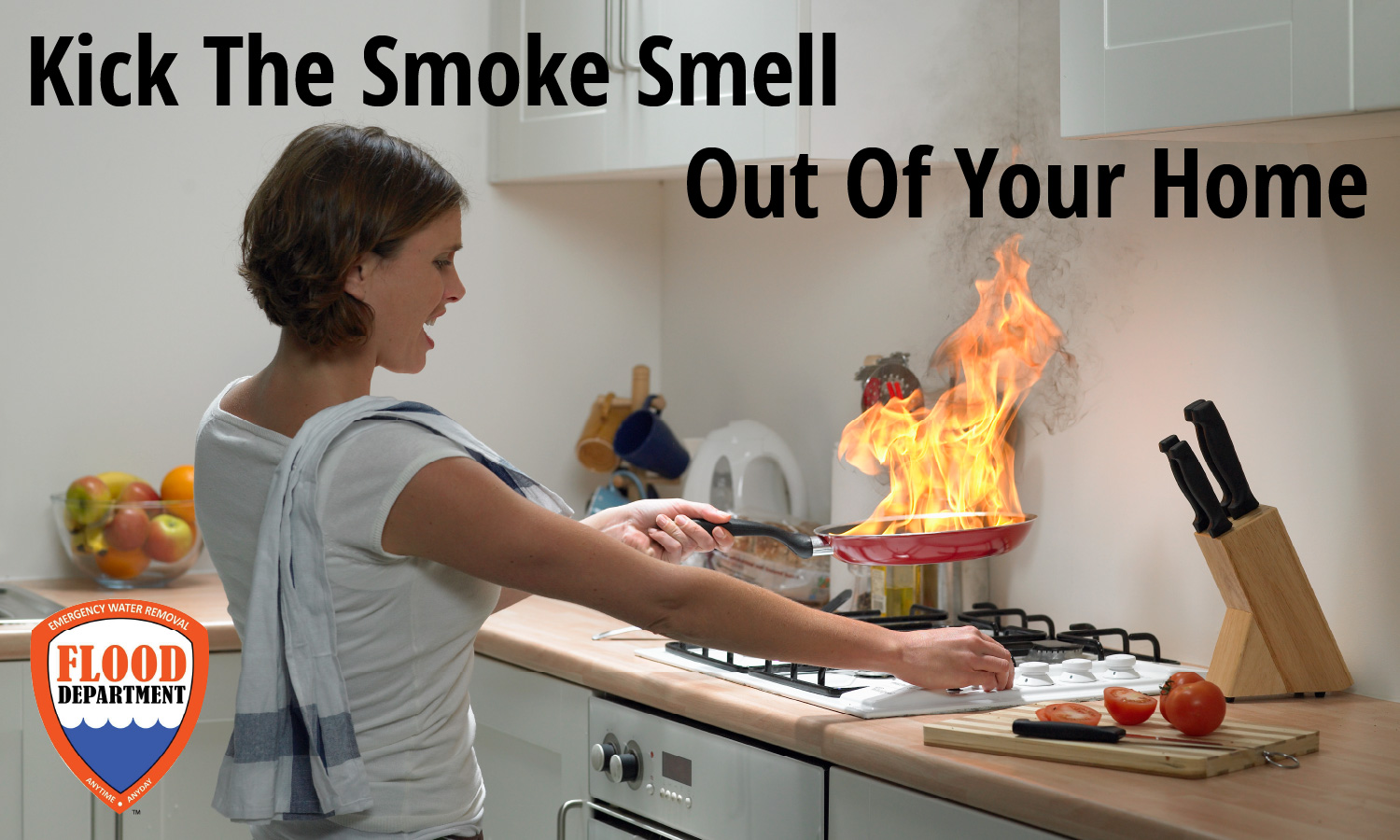One of the biggest challenges following a house fire is removing smoke odors from your home. Even a small fire has byproducts that can continue to cause property damage and jeopardize the health of the inhabitants. Here are some tips to help eliminate the smokysmell quickly and effectively.
Removing the Stench
The flames may be gone, but tiny smoke particles continue to stick to household surfaces and porous materials like carpeting, furniture and books. How well the odor can be removed depends on the size of the fire, length of exposure and the types of burned materials. Try the following DIY methods first to remove the smoke odor. If none of them work, it’s time to call in a professional.
Let Fresh Air In
Open all the doors and windows so the outside air can come into your home. Place fans throughout your house to help push the smoke smell out of the house. Fresh air will reduce the smell of smoke, but won’t get rid of it all.
Deep Clean Everything
To eliminate the stench completely, you will need to do a deep cleaning of the items and surfaces that were impacted by the smoke. Remove all fabrics such as curtains, rugs, and furniture covers. Wash or dry clean them. Keep them out of the house until the smoke has cleared.
Smoke particles are especially hard to get out of carpeting and furniture. To absorb odors, sprinkle them with a generous amount of baking soda. Let it sit overnight, and then vacuum it up.
Wash the windows, screens and shades. Wipe down all of your solid surfaces including walls, floors and light fixtures with a mixture of dish soap, white vinegar and warm water. If the DIY cleaning method falls short, you may need to purchase specialized cleaning products.
Make sure you clean the HVAC system. Smoke can get into the ductwork and ventilation system and linger in your home. Change the heating and air conditioning filters and have your HVAC system inspected for damage..
Do a Repainting Job
If the paint on your walls retains the smoke odor, you’ll have to wash, dry and repaint them to remove the bad smell. Use cleaning products that contain ammonia or glycol to wash the walls. Apply a primer designed to lock in odors. Repaint the walls with latex paint.
The Scoop on Odor Removers
Save your air fresheners, odor-eliminating sprays and oil diffusers until after the smoke is cleared. These items only temporarily mask the smell, but don’t get rid of it.
Activated charcoal can reduce the smell of smoke. Charcoal contains carbon molecules that chemically “trap” smells, clearing them from the air. Most home improvement centers offer a variety of activated charcoal products. Make sure the package reads, “smoke or odor eliminators.”
Smoke that is left to linger in a home can cause headaches, bad smells and even respiratory issues. Be sure to clear the smoky smell as soon as possible, and consider calling in a professional to do the job.
Let Us Clean it Up
When it comes to water, flood, or fire and smoke damage, Flood Department is here to help. We provide water damage repair and clean-up services for homeowners and businesses in Maryland, Pennsylvania, Virginia, West Virginia, and Washington, D.C. We are dedicated to helping reverse the damage done by water, mold, sewage, smoke and more. Contact us at 301-829-2600 or visit us online.
Sources/Links:
https://www.standardrestoration.net/how-to-get-smoke-smell-out-after-kitchen-fire
https://www.servicemaster-dak.com/blog/remove-smoke-smell-after-fire



